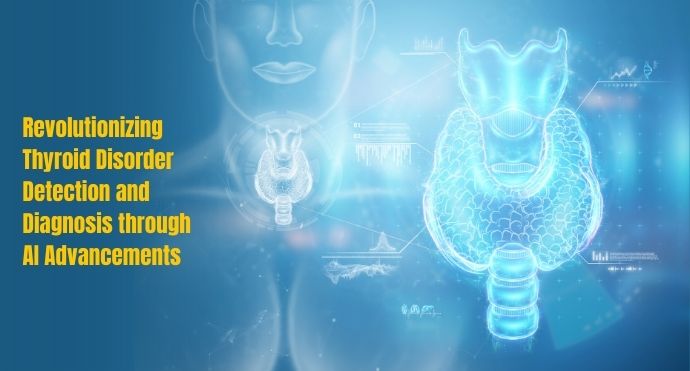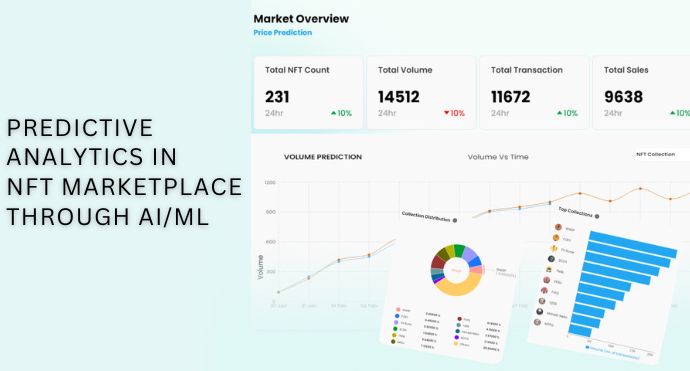Thyroid disorders are prevalent worldwide, affecting millions of people of all ages. The thyroid, a small butterfly-shaped gland located in the neck, plays a crucial role in regulating metabolism and maintaining overall health. Disorders related to the thyroid gland can lead to a range of symptoms, from weight changes to fatigue and mood swings. The key to effective management lies in early detection and accurate diagnosis, which is where artificial intelligence (AI) is making a remarkable impact.
The Role of AI in Thyroid Disorder Detection
Artificial intelligence has revolutionized medical diagnostics, and thyroid disorder detection is no exception. Traditional methods often involve blood tests and physical examinations, but these may not always provide a comprehensive picture of thyroid health. AI, however, has the potential to analyze vast amounts of data and identify patterns that might escape human observation. This enables more accurate and timely diagnosis, thereby improving patient outcomes.
AI’s Data-Driven Approach
One of the remarkable aspects of AI is its ability to process and analyze large datasets quickly. When it comes to thyroid disorder detection, AI algorithms can analyze factors such as hormone levels, patient history, genetic predisposition, and even environmental influences. By considering these variables in concert, AI can identify subtle patterns that may indicate the presence of a thyroid disorder. This holistic approach contributes to more accurate diagnoses and tailored treatment plans.
Real-Life Examples
Let’s take a look at a couple of real-life examples that highlight the impact of AI in thyroid disorder detection:
1. Case Study: Jane’s Hyperthyroidism Diagnosis
Jane, a 34-year-old woman, was experiencing weight loss, restlessness, and rapid heartbeat. Her symptoms were initially attributed to stress, but a comprehensive AI-driven analysis of her medical history, symptoms, and hormone levels revealed hyperthyroidism. Thanks to the early detection facilitated by AI, Jane’s treatment was initiated promptly, leading to a smoother recovery.
2. Case Study: John’s Hypothyroidism Diagnosis
John, a 45-year-old man, had been struggling with weight gain, fatigue, and depression. Despite multiple medical visits, his symptoms remained undiagnosed until an AI-powered algorithm detected subtle changes in his thyroid hormone levels. The diagnosis of hypothyroidism allowed for targeted treatment, significantly improving John’s quality of life.
Challenges and Future Directions
While AI offers immense promise, challenges remain. Ensuring the accuracy and reliability of AI algorithms is a constant endeavor. Additionally, integrating AI technology into healthcare settings and ensuring accessibility to all patients are important considerations.
In the coming years, AI’s capabilities are likely to expand even further. From wearable devices that continuously monitor thyroid function to predictive models that forecast disease progression, AI is poised to transform the landscape of thyroid disorder detection and management.
In conclusion, AI’s ability to process complex data sets and identify subtle patterns is revolutionizing thyroid disorder detection and diagnosis. Real-life examples like Jane’s and John’s demonstrate the tangible impact AI can have on improving patient outcomes. As technology continues to advance, the collaboration between medical professionals and AI systems holds the promise of a healthier future for individuals with thyroid disorders.



